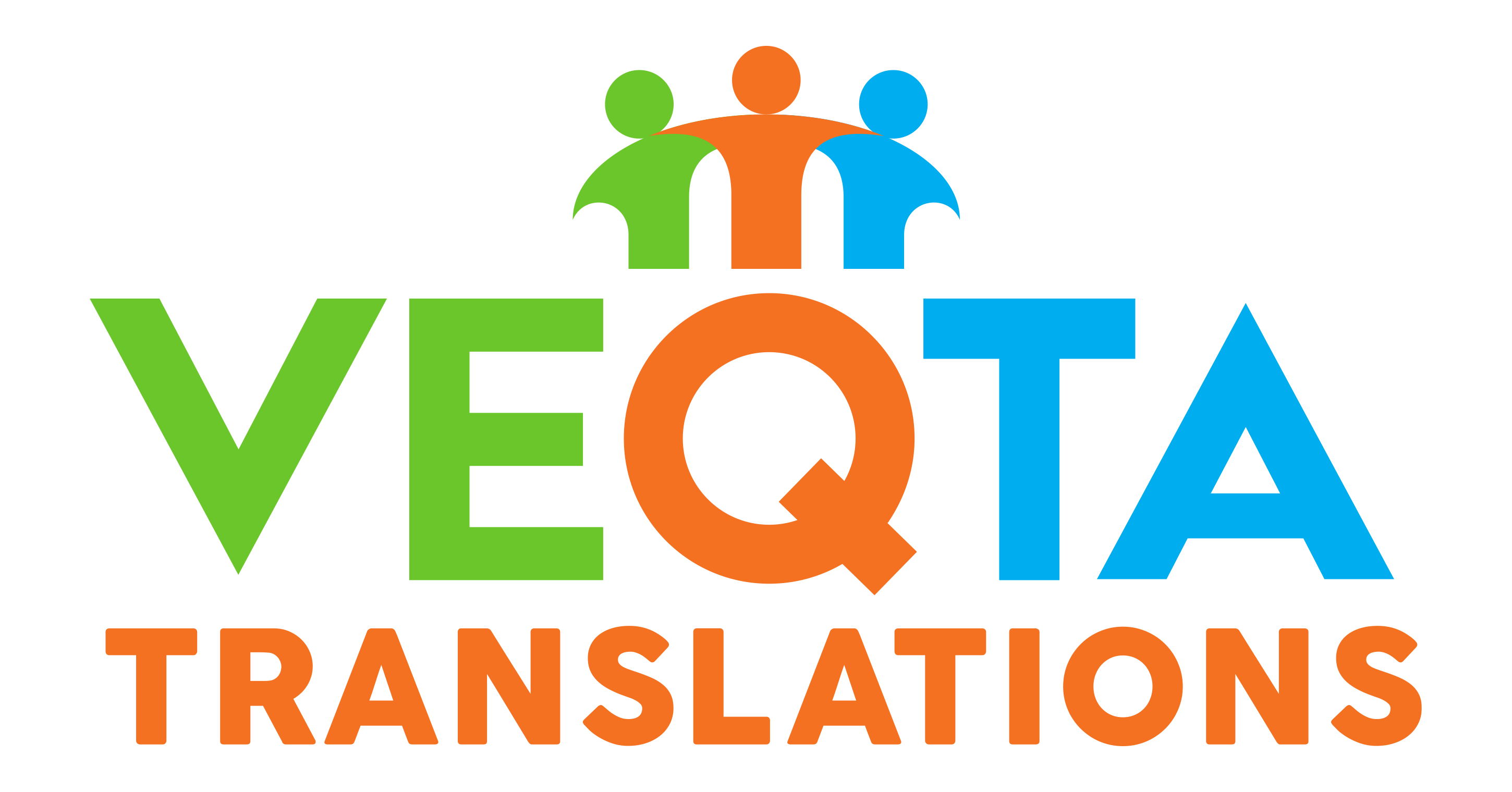International Spanish is often used for global content, but not all Spanish is the same. Spanish in Spain differs from Latin America, and Mexican Spanish adds its own style. Knowing which variety to use helps your message land clearly in every market.
Spanish in Spain (Castilian)
Spanish from Spain is often called Castilian (Castellano).
What makes it different:
- Vosotros: Spain uses vosotros for “you all.” Latin America doesn’t.
- Vocabulary: Words change meaning.
- Computer: ordenador (Spain) vs. computadora (Latin America).
- Car: coche (Spain) vs. carro or auto (Latin America).
- Pronunciation: The letters “c” (before e/i) and “z” are pronounced like “th.” (gracias → grathias).
It feels formal and rooted in Spain’s history.
Latin American Spanish
Spoken across Central and South America. Different countries have their own style, but they understand each other.
Key traits:
- No vosotros: Everyone uses ustedes for “you all.”
- Vocabulary shifts:
- Bus: camión in Mexico, guagua in Cuba, colectivo in Argentina.
- Sound: Pronunciation is more neutral and closer to spelling.
Latin American Spanish dominates business, marketing, and entertainment because it covers the largest group of speakers.
Mexican Spanish
Mexico has 120 million+ speakers, making it the biggest Spanish-speaking country. Mexican Spanish is a type of Latin American Spanish, but with strong influence.
Why it matters:
- Vocabulary:
- Cell phone: celular in Mexico vs. móvil in Spain.
- Media reach: Mexican Spanish is widely used in TV, dubbing, and streaming.
- Neutral tone: Many see it as easy to understand across Latin America.
This makes Mexican Spanish a popular choice for media and global campaigns.
What Is International Spanish?
International Spanish isn’t a native dialect. It’s a neutral version of Latin American Spanish.
How it works:
- Strips out regional slang and country-specific words.
- Uses vocabulary that works across Latin America.
- Avoids grammar unique to Spain (vosotros).
- Focuses on clarity and broad reach.
Where it’s used:
- Media & entertainment: Subtitles, dubbing, regional TV.
- Business: Policies, manuals, corporate training.
- Marketing: Campaigns targeting multiple countries.
- Technology: Software, apps, websites.
International Spanish vs. Castilian Spanish
- Castilian Spanish: Grammar and vocabulary rooted in Spain.
- International Spanish: Neutral Latin American Spanish, widely understood across borders.
In short: International Spanish = Latin American Spanish, simplified and neutralized.
At-a-Glance Comparison
| Variety | 2nd-person plural | Vocabulary examples | Pronunciation traits | Typical use cases |
|---|---|---|---|---|
| Castilian (Spain) | vosotros / ustedes (formal) | ordenador (computer), coche (car), móvil (cell) | “c/z” → “th” before e/i; distinct Iberian accent | Spain-only marketing, legal/compliance for Spain, local UX |
| Latin American | ustedes only | computadora (computer), carro/auto (car) | Generally more phonetic; varies by country | Pan-regional marketing, UX, training across LatAm |
| Mexican | ustedes only | celular (cell phone), camión (bus) | Widely understood; media-standard in dubbing | Mexico market; content syndicated across LatAm |
| International Spanish | ustedes only | Neutral choices; avoids regionalisms | Standardized; clarity prioritized | Global business, software UI, pan-LatAm marketing |
Which One Should You Choose?
- Targeting Spain only → use Castilian.
- Targeting one Latin American country → adapt to that country.
- Targeting all of Latin America → use International Spanish.
- Targeting both Spain and Latin America → create two versions.
Explore related services: Transcription in Spanish, Subtitling in Spanish.
Spanish isn’t one-size-fits-all. Castilian, Latin American, Mexican, and International Spanish all serve different needs.
For media, marketing, and global business, International Spanish is usually the safest choice. For local campaigns or legal content, regional versions deliver more impact.
At VEQTA, we help companies pick the right Spanish variety so their message lands perfectly — whether it’s in Madrid, Mexico City, or across Latin America.
Talk to VEQTA’s Spanish translation team and make your Spanish content work worldwide.
Frequently Asked Questions
Q1: What is International Spanish?
International Spanish is a neutral version of Latin American Spanish. It avoids country-specific slang and grammar unique to Spain, making it widely understood across Latin America.
Q2: Is Mexican Spanish the same as International Spanish?
No. Mexican Spanish is a national variety with its own vocabulary and expressions. International Spanish borrows from Latin American Spanish but removes regionalisms to ensure broad understanding.
Q3: When should businesses use Castilian Spanish instead of International Spanish?
Use Castilian Spanish if your target market is Spain. For Latin America, International Spanish is usually better. For global campaigns, many businesses use both.


